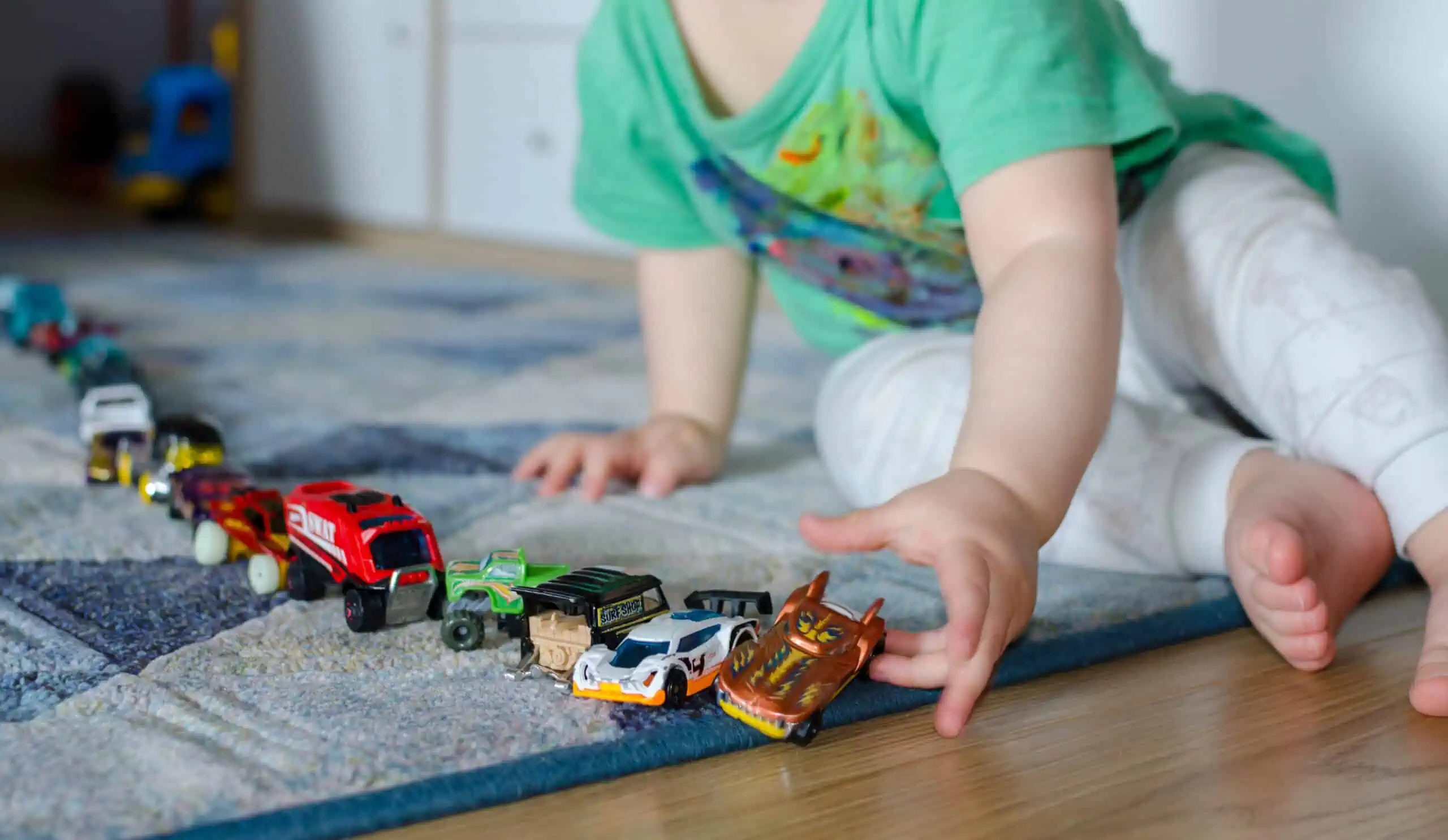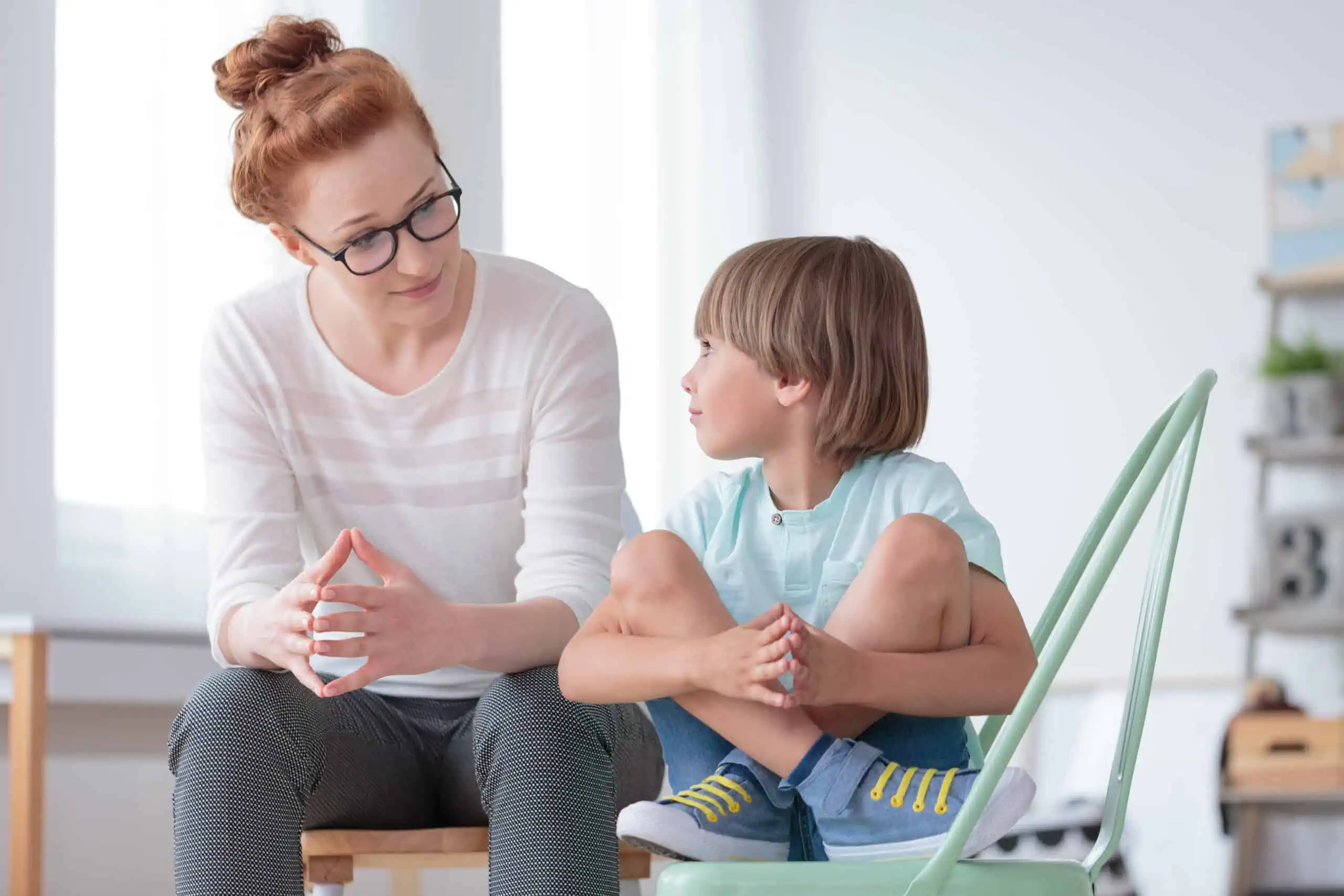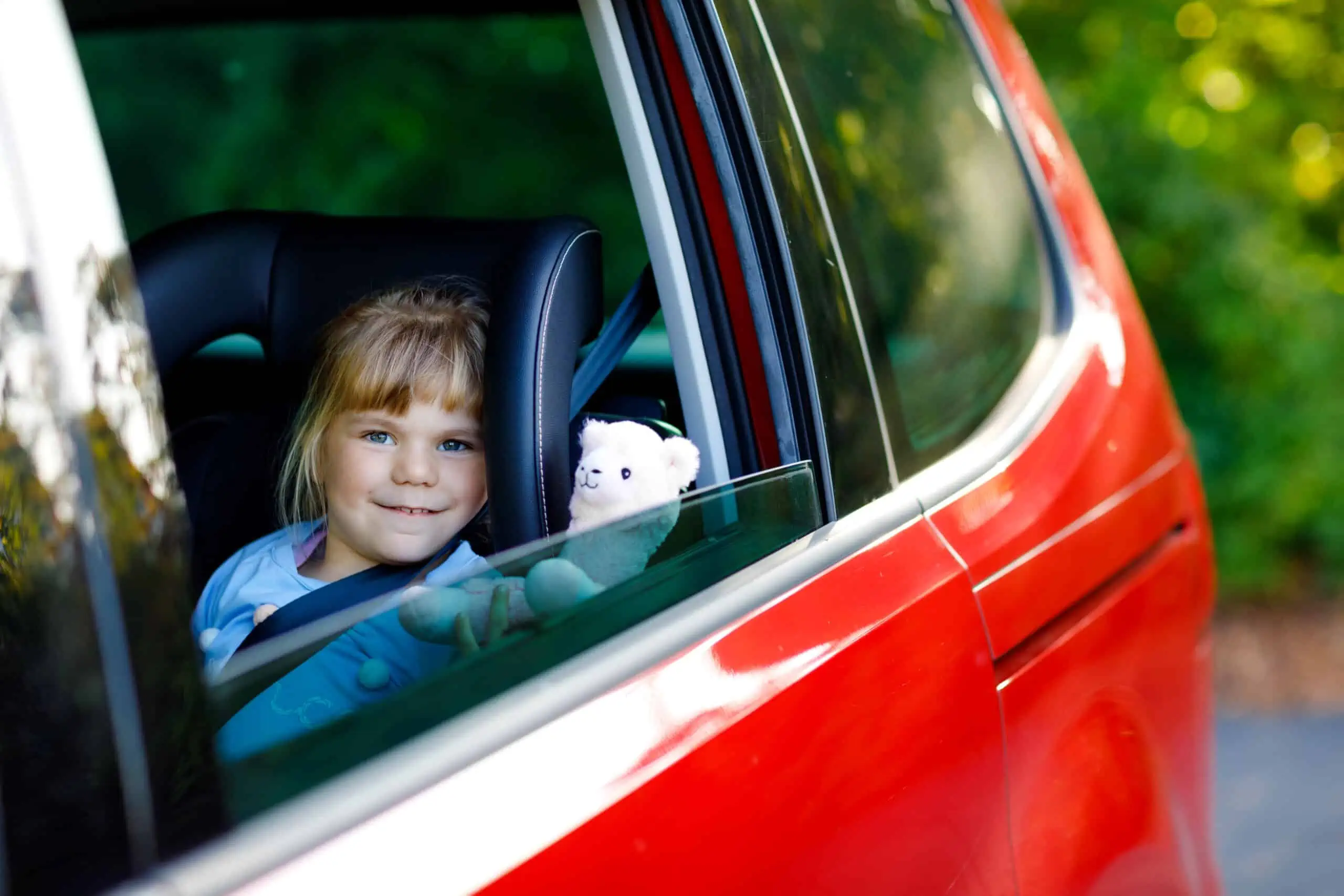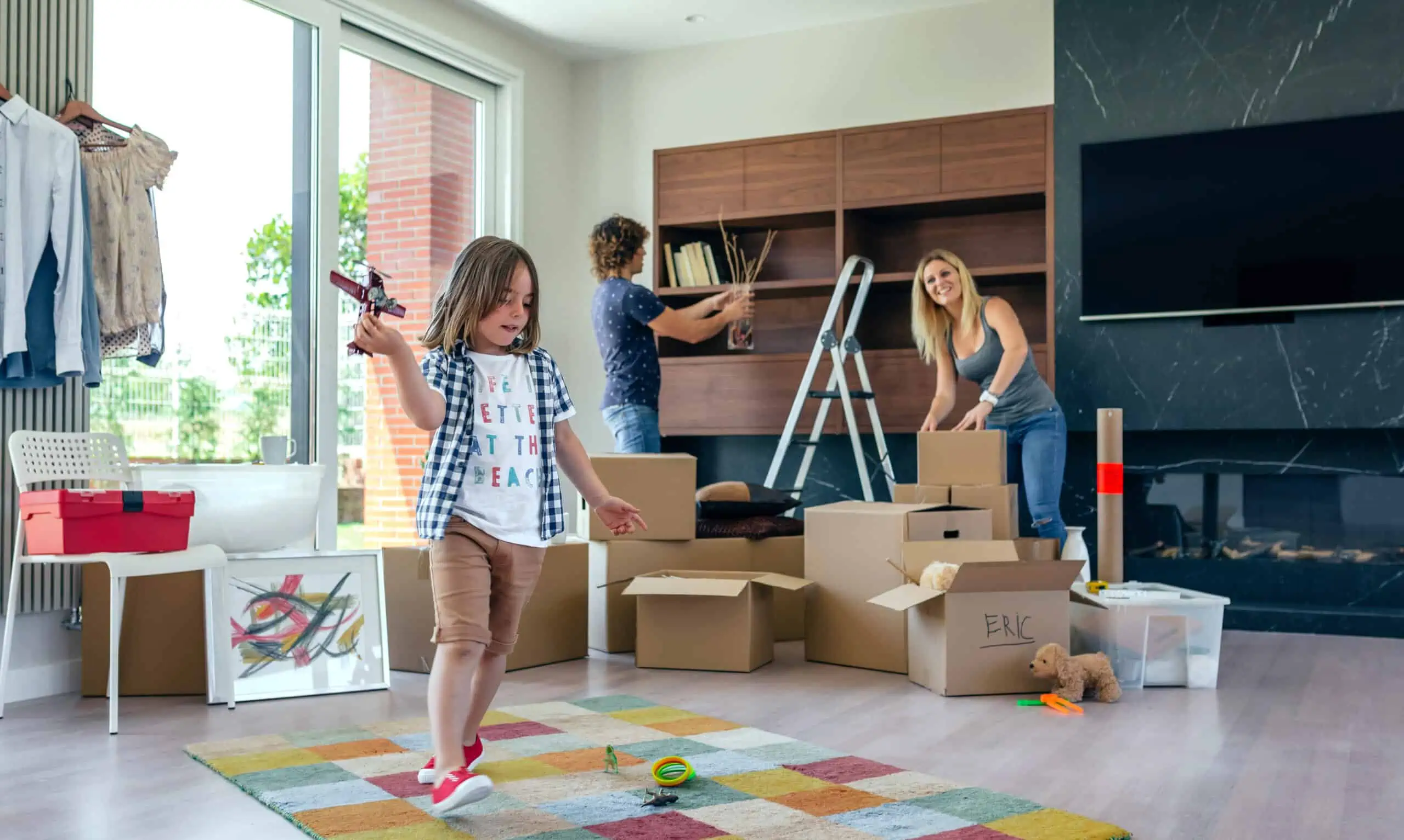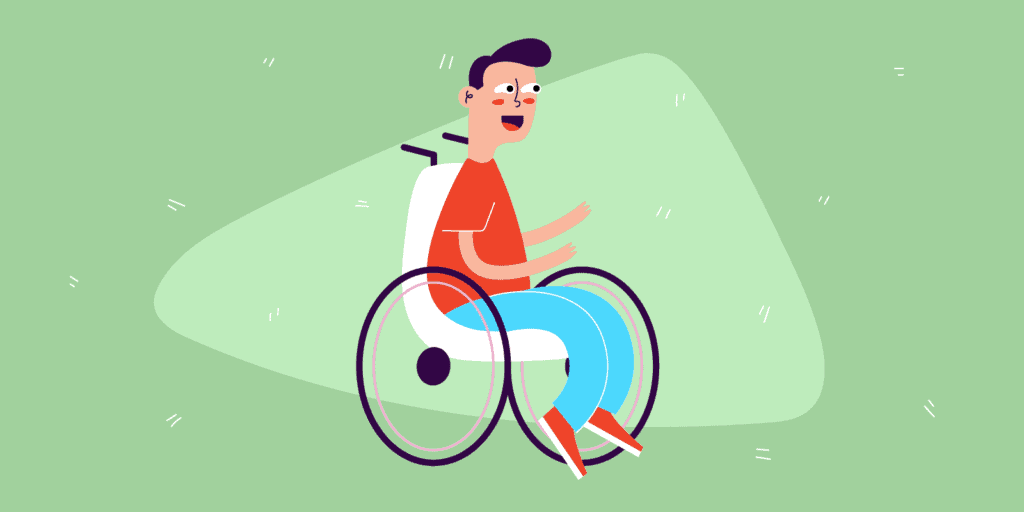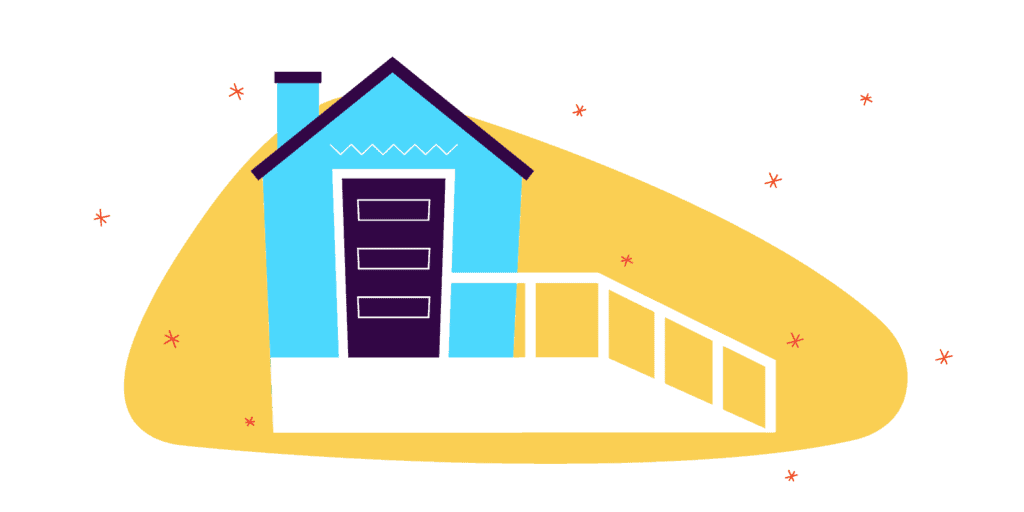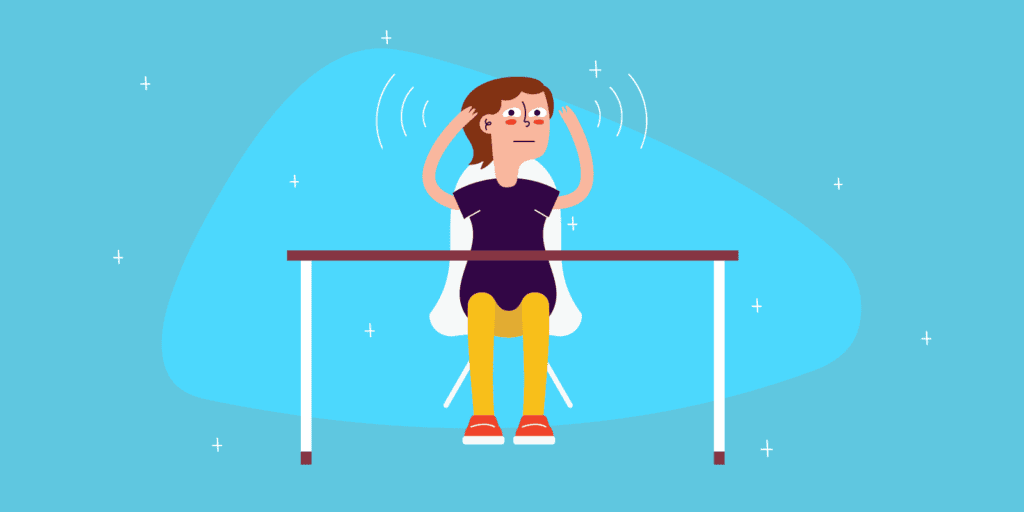Moving can be more complex when you have kids, but parents with an autistic child may find it particularly challenging. Autism presents in many ways, though it’s common for children with autism to struggle with changes to their environment and routine. That can lead to anxiety and behavioral issues.
About one in 100 children has autism, according to the World Health Organization. Which means it’s a challenge that many families face. In other words, you’re not alone. And with the right strategy, moving from one home to another can go smoothly for everyone involved.
What Is Autism?
Autism (AKA autism spectrum disorder) is a developmental disability caused by differences in the brain, according to the Centers for Disease Control and Prevention. Some of the common symptoms of autism include difficulty with social interactions and communication, as well as repetitive behaviors or interests.
“…talk about how your child will have a nearby park to play in, their own bedroom to decorate, or some other benefit…The more comfortable you can make them feel with the idea now, the less unsettling it will seem when moving day arrives.”
That’s why it’s important to take special care when moving with an autistic child and ensure the process isn’t too disruptive to their daily life. You may be thinking that’s easier said than done, but you can ease some of the strain on your child by anticipating some of the challenges you may face.
Again, autism exists on a spectrum and no two autistic children are alike. However, there are some commonalities that may surface during a move.
They’re routine-driven
Routines are often very important to children with autism. The foods they eat, when they go to bed, and the route they take to school, are all routines that may help your child manage anxiety and feel a sense of control over their surroundings. Meanwhile, a disruption in these routines can be difficult to cope with.
Clearly, moving is a very big disruption. That’s why it can help to maintain routines as much as possible. You may not be able to control the amount of clutter in your home as you clean and pack, but you might make sure your child eats lunch at the same time every day and is able to get dressed in the order they prefer. The more you can maintain a sense of structure even while moving tasks are happening, the better.
They’re sensory-sensitive or sensory-seeking
Sensory issues are also quite common in children with autism. They may be oversensitive to loud sounds, bright lights, or objects being handled roughly. Other children may constantly seek out sensory input. This may involve staring at shiny objects and sunlight, listening to loud music, or moving their body a lot.
See prices for local moving labor. Read real customer reviews. Easily book your help online.
In either case, the process of moving can present a lot of new stimuli, which may be distracting or irritating for your child. So it’s important to minimize overstimulation as much as possible to keep your child comfortable and prevent behavioral issues caused by stress.
They have specific ways of playing and organizing
Children with autism often have particular interests or behaviors. This might manifest as being very organized, playing with toys the same way every time, lining up toys or other objects, and getting upset if something is moved or changed.
As you can imagine, a child with these characteristics might get quite upset when their belongings are picked up and packed away, or furniture is moved around. Again, the more you can minimize the disruption to their environment, the better.
They can be uncomfortable with social interaction
Finally, children on the autism spectrum may have difficulty with social interaction and interpreting other people’s behavior. If you hire professional movers, your child may feel threatened by their presence in the home. Talking to your child ahead of time and preparing them for the idea that strangers will be present to help with moving can alleviate some of that stress.
Tips To Make Your Family Move Autism-Friendly
Things to do before you move
One of the most important steps in moving with an autistic child is to set aside plenty of time for planning. Below are a few things you should take care of before getting started on packing and moving, which will help your child adjust to the transition.
1. Talk with your kid’s team
First, know that you don’t have to handle this on your own. There are likely a number of professionals who know your child and can lend some insight and advice. Plus, it’s a good idea to give your child’s teachers, therapists, doctors, etc. a heads-up that you are moving. That way, if your child shows changes in behavior or mood, or becomes disruptive, they’ll understand why and can adjust their approach accordingly.
2. Set a date
Next, choose the best time to move based on your family’s schedule, and ensure you have plenty of time to help your child adjust to the idea of moving. You don’t want the process to feel rushed, which only adds extra stress for you and your child.
3. Talk about the move early and often
The last thing you want is for moving to feel like a surprise or a major disruption to your child. It’s helpful to start talking about it early, well before you start packing up their clothes and toys. It’s also important to frame the idea of moving to a new place as a positive thing for your child and the whole family.
For instance, talk about how your child will have a nearby park to play in, their own bedroom to decorate, or some other benefit that may come about by moving to a new home. The more comfortable you can make them feel with the idea now, the less unsettling it will seem when move day arrives.
See prices for local moving labor. Read real customer reviews. Easily book your help online.
4. Find your new community
Make sure you have a support system in place at your new location. That goes for your child and for you. In addition to finding a new school, counselor, etc. for your child, look into community groups for parents in similar situations. You’ll not only have an outlet for discussing challenges and asking questions, but you might also make new friends.
Things to do while you’re packing
Once it’s time to get started packing up your belongings, try these tips to keep things calm and orderly.
1. Don’t rush! Organize and spread out moving tasks
It’s common for move day to feel chaotic — there are items being thrown into boxes, people running up and down stairs, and strangers going in and out of rooms. This can be overwhelming to a child who is easily overstimulated or requires a strict routine.
So instead of squishing all of your moving tasks into a matter of a couple of days, take your time and make the packing process more low-key. Spread out packing over a couple of weeks so it feels like a minor occurrence each day. If you need to uninstall or move large pieces, consider waiting until your child is not around.
2. Encourage your kid to get involved
Some children with autism may respond well to being included in the moving process. Older children, in particular, may enjoy helping with packing their own belongings or labeling boxes, which can provide a sense of control.
Things to do on moving day
Once moving day arrives, it’s important to have a game plan. Here’s how to handle what’s potentially the most stressful part of your move.
1. Don’t hesitate to ask for help
While it’s great if you can get your child involved in the moving process, that’s not always realistic. Some children may be too young or resistant.
“About one in 100 children has autism, according to the World Health Organization. Which means it’s a challenge that many families face. In other words, you’re not alone.”
If that’s the case, you might be better off removing them from the situation completely, if possible. If there’s a family member or friend that your child feels comfortable with, ask if they can watch them during the most hectic parts of your move.
2. Keep your kid’s key comfort objects handy
Many kids have certain objects that they’re attached to, such as a blanket or toy, or even a song or video. It’s even more common for autistic children to be strongly attached to a particular item. So if your child has any belongings that help them feel calm and secure, make sure these are on hand to ease the transition.
3. Plan the route in advance
When possible, try to know your route ahead of time so you don’t get stuck in traffic or get lost. The more you can minimize traffic, construction noises, and extra time stuck in the car between your old place and your new home, the better.
See prices for local moving labor. Read real customer reviews. Easily book your help online.
4. Make some time for yourself to unwind
You might scoff at the idea of taking time to “relax” amid all the hustle and bustle of moving. But it’s really important that you set aside some time to meditate, go for a run, get your hair done, or whatever it takes to put you in a calmer mindset.
Remember, our kids tend to feed off the energy we put out. So if you’re able to go into the big day as relaxed as possible, there’s a good chance your child will as well.
Things to do once you’re settling in
Coming home to an unknown space can be jarring for your child. So take the time to help your child get acclimated to their new surroundings.
Set up your kid’s room together
Once you get moved into your new place, it’s important to try and re-establish a routine as soon as possible. One great way to do that is by making your child’s room the first one you set up. Try to emulate the layout they had at your old place so it doesn’t feel as foreign, and consider these design tips to meet your child’s needs.
Give your kid a tour
Remember that awesome park you’ve been telling your child about? Now is the time to visit. In fact, riding around in the car and pointing out their new school, the local children’s museum, and any other points of interest will help them get to know their new neighborhood. Keep the conversation positive and nurturing.
Having a child with autism can present extra challenges when it comes to life events and daily activities – moving included. However, it doesn’t have to be a chaotic, stressful process. Having a strategic plan and investing time in preparing your child for the eventual move can help quite a bit.



